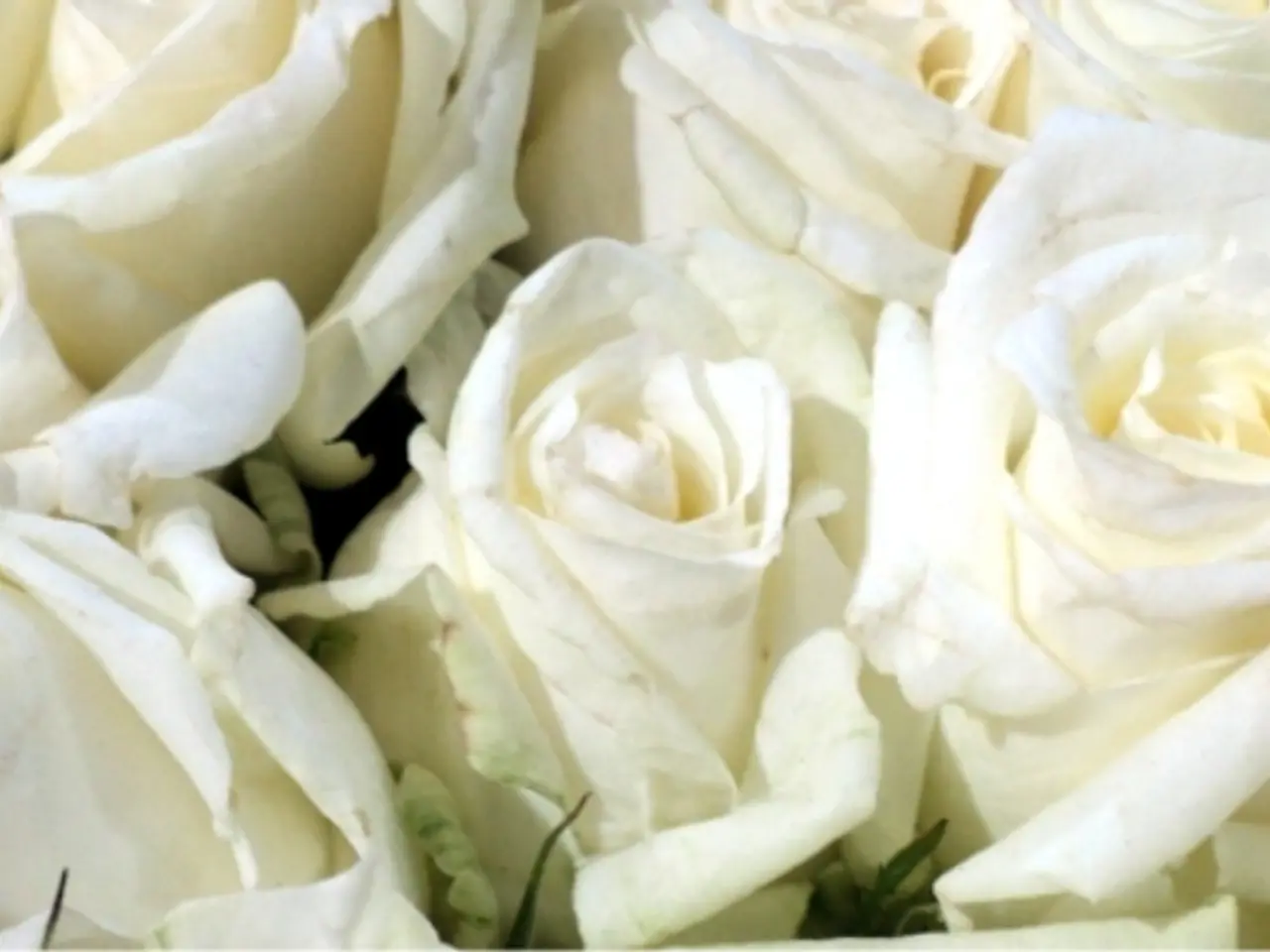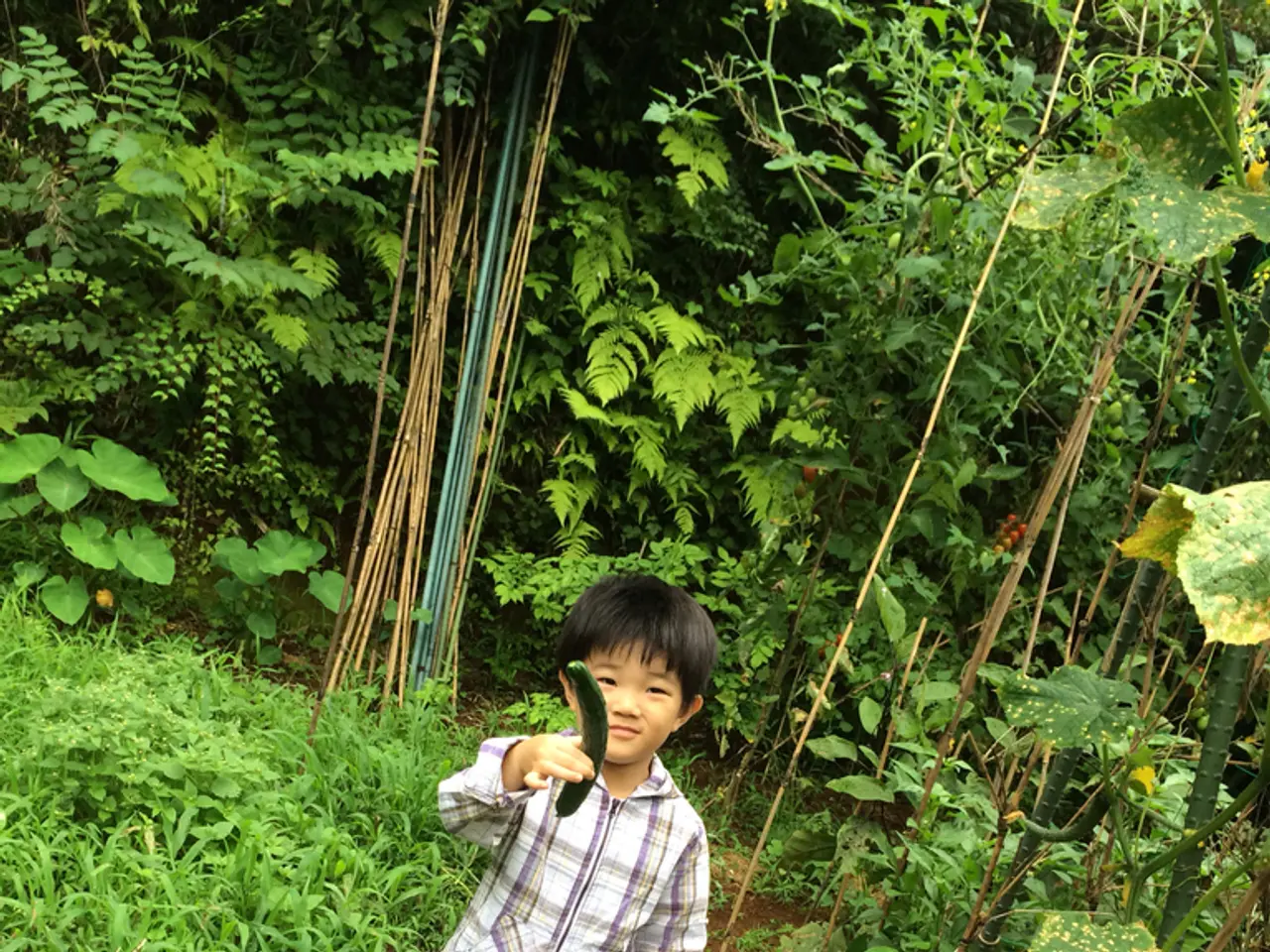Trimming Roses: A Step-by-Step Guide
In the crisp, invigorating air of early spring, gardeners in northern climates prepare their climbing roses for another blooming season. The key to a successful bloom lies in strategic pruning.
Climbing roses, unlike their shrub counterparts, bloom on the current year's growth. This means that pruning is essential to shape, encourage new growth, and maintain the plant's health. The best time to prune these roses is late winter or early spring, just after the last big frost, to avoid frost damage to new growth.
Here's a step-by-step guide to pruning climbing roses in a northern climate:
- Remove the "three D's": Cut out any dead, diseased, or damaged wood down to healthy tissue or the base of the plant. Disinfect tools between cuts to prevent disease spread.
- Prune lateral shoots: Since climbing roses are trained to grow horizontally, cut the side shoots (laterals) back to two buds above the main horizontal stem. These laterals will produce flowers.
- Remove old unproductive canes: Cut old main branches that no longer bloom back to the ground to encourage new growth from the base.
- Train canes horizontally: Pull longer stems down to about a 45-degree angle and tie them to the support structure. This encourages more flowering shoots to grow vertically from the horizontal canes.
- Cut at a 45-degree angle: Make clean cuts about 1/4 inch above outward-facing buds to promote healthy growth and airflow.
- Remove remaining foliage: In late winter or early spring, clear any remaining leaves to reduce disease spores that might overwinter on the plant.
After pruning, ensure the roses get consistent watering (about one inch per week for established plants) and fertilize following product instructions but avoid fertilizing after late July to prevent encouraging new late-season growth vulnerable to cold.
Hand shears and long-handled lopping shears are recommended for pruning roses. Dull tools tend to crush canes during pruning, so ensure they are sharp.
Deadheading, or removing spent blooms, can promote additional blooms in climbing roses, but rose hips (fruit/seed pods) may be desired. Deadheading in shrub roses may improve their appearance and promote more blooms. However, old-fashioned roses rarely need deadheading.
Leaving stem material in place in case of a mild winter reduces the amount of pruning needed. Pruning is generally done in early spring, typically between late March and mid-April. Selective removal of canes encourages vigorous growth and opens up the plant.
Remember, pruning climbing roses involves removing dead canes in spring, training them to their support, and shortening and thinning vigorous new growth throughout the growing season. Pruning helps reduce disease issues and improve bloom. Pruning roses in the fall should be avoided as it stimulates new growth that may not properly harden off before winter.
Clean, sterile tools help prevent the unintentional transfer of disease pathogens. Most climbing roses see a significant amount of winter dieback.
By following these steps, gardeners in northern climates can ensure their climbing roses are well-prepared for a bountiful blooming season, balancing the biology of climbing roses with the constraints of a cold climate to maximize blooms while minimizing winter injury and disease.
- In addition to climbing roses, other plants like trees, lawn, flowers, and plants in home-and-garden settings may require pruning for their health and growth.
- Proper pruning is also essential for trees and shrubs to promote new growth, shape, and maintain their overall health.
- Not just roses, but gardening in general can have a significant impact on one's lifestyle and home-and-garden landscape, contributing to a sense of peace and tranquility.
- The strategic pruning of plants in the garden can also help control diseases and pests, ensuring the overall health of your plants.
- As spring approaches, gardeners can engage in various gardening activities, such as pruning, planting new flowers, and planning their landscape design, bringing a touch of beauty to their homes and lives.




